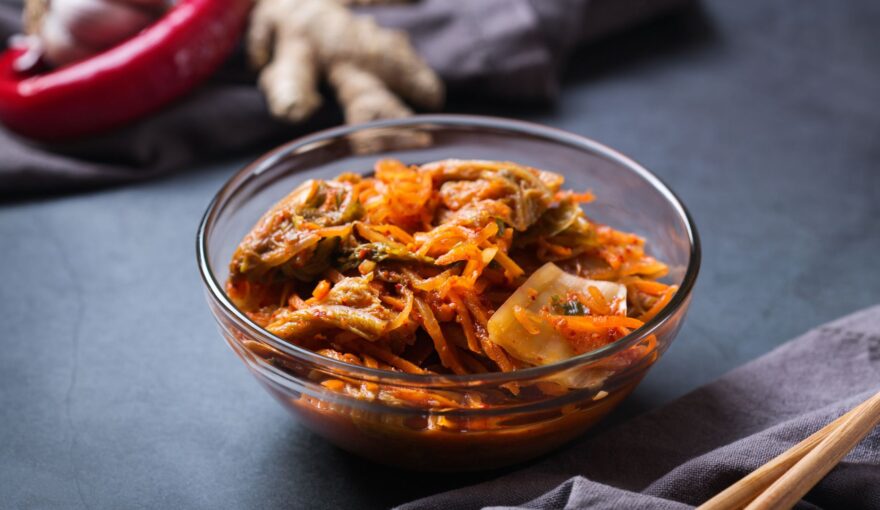The Secrets of Fermentation in Latin American Cuisine: From Chicha to Kimchi
Latin American cuisine is a mosaic of flavors, aromas, and ancestral techniques that reflect the cultural richness of its peoples. Among these culinary secrets, fermentation holds a special place, as it not only preserves food but also enriches its flavor and nutritional value. In this article, we will explore traditional fermentation techniques that have endured through the centuries, from the popular chicha to the lesser-known Latin American kimchi, and how these practices impact the identity and diversity of our cuisine.
Fermentation: An Ancestral Legacy
Fermentation is a preservation technique that transforms ingredients through the action of microorganisms such as bacteria, yeasts, and fungi. In many Latin American cultures, this practice was not only necessary to preserve food in times of scarcity, but also a way to enhance flavors and create new textures. The process, passed down from generation to generation, has given rise to a variety of iconic products that are still enjoyed today.
Chicha: The Drink That Unites Tradition and Fermentation
Probably one of the best-known examples in the region is chicha, a traditional beverage that varies in ingredients and preparation by country. From corn chicha in Mexico and Central America to cassava chicha in the Amazon, this fermented beverage reflects the creativity and adaptation of communities. Chicha fermentation can involve techniques ranging from natural fermentation in closed containers to the addition of specific cultures, thus achieving unique and complex flavor profiles.
Interestingly, in some regions, chicha also serves ritual and social functions, being part of celebrations and ceremonies. Fermentation, in these cases, acts as a link between the spiritual and the everyday, strengthening the social fabric.
The Role of Microorganisms in Regional Gastronomy
In many fermented Latin American preparations, microorganisms not only act as preservatives but also provide probiotic health benefits. The microbial diversity present in these foods is a result of environmental conditions, ingredients used, and ancestral techniques, creating unique flavor profiles. For example, in southern Chile, kulen (a type of grain fermentation) and in the Andes, fermented raw milk cheese, demonstrate how traditional microbiology enriches cuisine.
Latin American Kimchi: A Cultural Reinterpretation
Although kimchi is typically Korean, some Latin American regions have developed their own versions of fermented vegetables with similar characteristics. Examples include chucula in northern Peru or certain fermented cabbage and radish dishes in Mexico and Bolivia. These products, although different in ingredients, share the fermentation process that provides acidity, depth of flavor, and probiotic properties, demonstrating how the technique adapts and reinvents itself in different cultural contexts.
Impact on Local and Modern Gastronomy
Today, fermentation is making a strong comeback in contemporary Latin American gastronomy. Traditional chefs and cooks are rediscovering these ancient techniques, integrating them into modern menus and promoting a deeper understanding of our culinary heritage. Fermentation not only broadens the spectrum of flavors but also encourages sustainable practices and the use of local ingredients, in line with Azucar Restaurant’s philosophy.
Preserving and Celebrating Our Fermented Heritage
In conclusion, the secrets of fermentation in Latin American cuisine are a living testament to our cultural diversity and history. From chicha to modern reinterpretations, these techniques keep tradition alive, enrich our palates, and strengthen our sense of identity. At Azucar Restaurant, we honor these practices, integrating the magic of fermentation into our dishes to offer you a journey of authentic and profound flavors.
Want to experience these secrets in every bite? Visit us at azucarrestaurantmd.com and let yourself be carried away by the magic of Latin American cuisine, where each fermentation tells a story.






